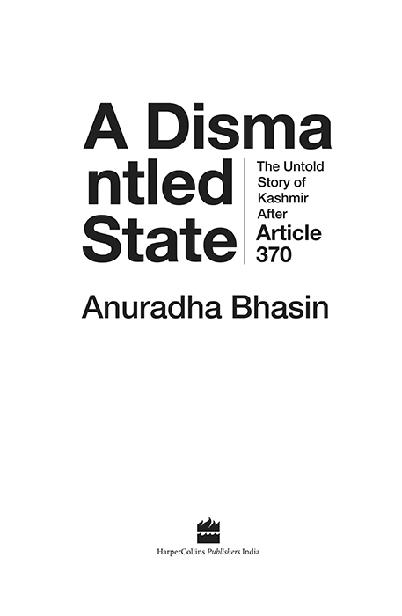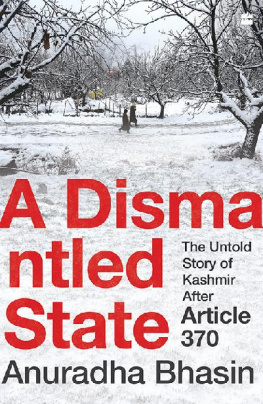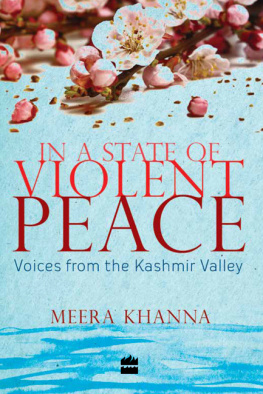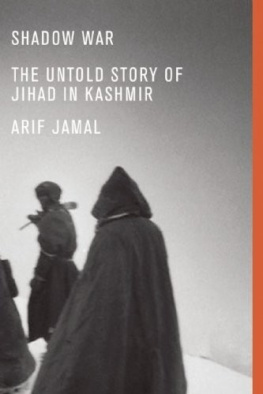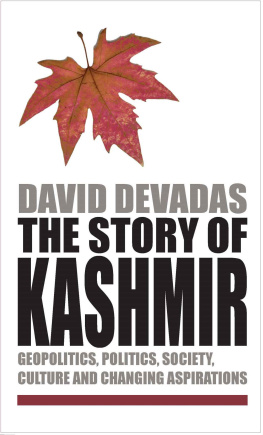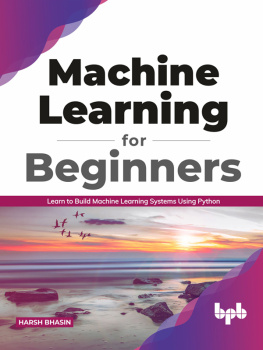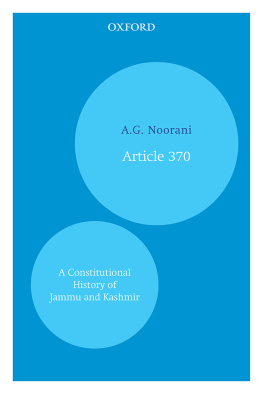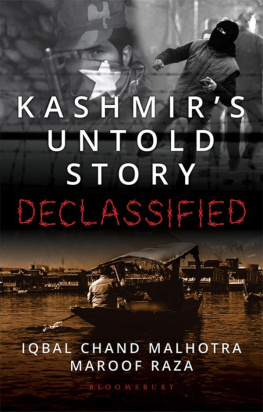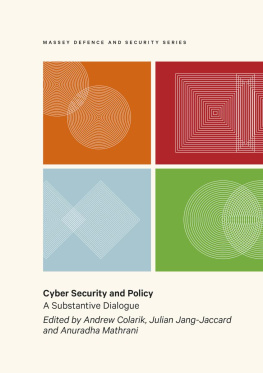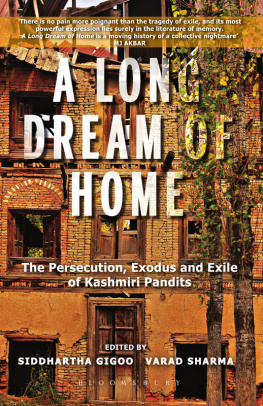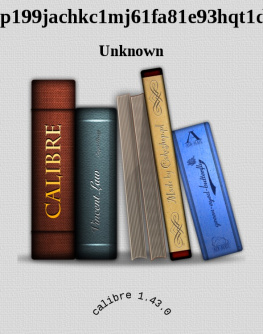W E were a group of women from Jammu and Kashmir travelling to Kathmandu for a conference in 2000. At the Delhi airport, the man behind the immigration counter asked Nusrat Andrabi, heading the queue, Where are you all from?
Kashmir, she replied.
Do people still live there? was his next poser, a bewildered expression on his face, as if hed seen the eighth wonder of the world.
This is merely a small sample of the ignorance of the majority of Indians about Kashmir. This innocence does not simply stem from lack of knowledge. It originates from the general nationwide perception about the region being a land of terrorism, security threats and border disputes, or on a more glamourous note, a land of mountains, lakes and tourism. So overwhelming is this notion about Kashmir that its people dont usually exist in the imagination of those from mainland India. Kashmir exists mostly as a spatial entity within the paradigm of nationalism in which the people of Kashmir are either invisible or reduced to appendages.
Jammu and Kashmir (J&K) has a peculiar history and a strategic location, bestowing on it a complexity and a conflict with global dimensions. Within the territorial space, the regions population has suffered the debilitating consequences of its history, geography, politics and wars. Everything comes with a cost that is imposed on the people, and everything remains contested, including the nomenclature. For instance, the word Kashmir can have multiple connotations. It is interchangeably used to denote both Kashmiri ethnicity and as an abbreviated form of the state of J&K (as it stood on 15 August 1947) in its entirety.
A major bone of contention between India and Pakistan, with China having an interest in a share of Kashmirs territory, the peoples political and economic agency since 1947 remains diluted on both sides of the Line of Control. In the borderlands, residents endure the volatility of the deadly international border and the even deadlier Line of Control. In the Kashmir Valley and the hill districts of Jammu region, where insurgency has permeated in varying degrees, the people are sandwiched between the guns of the militants and those of the security forces, with economic, social and psychological fallout for the rest of the region.
On 5 August 2019, when the Centre stripped J&K of its autonomy by revoking Article 370, dismembered and downgraded it by dividing it into two union territories of J&K and Ladakh, Prime Minister Narendra Modi and Union Home Minister Amit Shah congratulated the nation and proclaimed that this would end the era of sufferings for the people of Jammu and Kashmir and usher in a new dawn of democracy, equality, peace and development.
Far away from the deafening celebrations in various parts of the country, amplified jarringly by the electronic media, as the political and geographical fate of 13.6 million people was being decided in New Delhi through an Act of Parliament that remains challenged in the Supreme Court, Kashmiris were confined in their homes, trapped inside like mice in mousetraps. The landscape of spools of razor wires, barricades and soldiers outside turned homes into tiny prisons in which movements of the inmates were frozen. And pin-drop silence, eerie in its resonance, was imposed by blocking all communication channels, including internet, mobile phones and even landline phones. Similar was the fate of the hill districts of the Chenab Valley and the border districts of Poonch and Rajouri. Internet disruptions and a bar on mobile internet were observed across the erstwhile state, and Section 144 of the Criminal Procedure Code (CrPC) was imposed. In the preceding night, thousands of people had been arrested or put under house arrest, mostly from the Kashmir Valley, including three former chief ministers. Was a new definition of democracy being imposed on J&K, whose people had been silenced by a stringent and unprecedented military lockdown?
A democratic architecture for Jammu and Kashmir, built on the foundation of military might and without representation of the people of J&K, was being envisioned. What did the future hold for the region? Were the Prime Ministers claims reassuring? How would the political and geographical alterations interact with daily lives, and where would all this lead us? These are some of the pressing questions in my mind ever since. The most immediate thought on 5 August 2019, however, was: what is happening and how is it impacting peoples lives? In Jammu, there were muted celebrations in some places. It resonated with the people of Leh, who saw the move as a fulfilment of a long-pending demand for a separate union territory.
Within J&K, irrespective of their competitive politics and aspirations, the different identity groups were all taken by surprise, discovering how their world had been suddenly turned upside down while they were virtually trapped in their homes, with unannounced curfew on the roads and the communication systems in complete disarray. And yet, their response to the news of the upheaval varied sharply, some in horror and others with joy. And their experience of restrictions, mapped by lengths of coiled barbed wire and the weight of military jackboots, remained varied, too, like the graded hierarchy inside this huge prison as later described by the Dravida Munnetra Kazhagam (DMK) resolution on Kashmir. The entire state was impacted by the sudden communication shutdown, which was most stringent in Kashmir and the five districts of Jammu Rajouri, Poonch, Doda, Kishtwar and Ramban where even phone lines and broadband services were disrupted.
The silence at the other end of the Banihal Tunnel Kashmir region was unbearable. My friends and colleagues, earlier just a phone call and a click away, had vanished. On 5 August, I had frantically tried calling up several and failed to get through to them. My social media circle was suddenly smaller. On Facebook and Twitter, I spotted some Kashmiris, sitting in other parts of India or abroad, posting messages, echoing my own anxieties and the fear of the unknown. Other than that, Kashmir had been wiped off social media WhatsApp, Facebook, Twitter, Instagram et al.
Friends who flew out from Srinagar in the initial days were unable to divulge anything. One responded with stoic silence. Another, in complete disbelief, kept saying, Never seen something like this And yet another called me from Delhi, crying inconsolably. All I could hear was my name and then, between sobs, Everythings finished.
In Jammu, some friends were jubilant. Now the Kashmiri domination will be over, proclaimed one. They have been shown their place, said another, proud at his pronouncement. Social media groups were abuzz with congratulatory messages. Some were indifferent, wondering whether their lives would see any change. When the elongated internet ban began to adversely impact their lives and work, the euphoria began to assume far more sombre tones, supplanted in part by anxieties about whether the prospective changes would be for the good or for worse.
On my way to the office, in an area that was under a spell of unannounced curfew, I had to cross several barricades. At one particular barricade, there was a fussy cop. Every day, it would take a bit of arguing and pleading before I was allowed to cross the point. On the third day after the revocation of Article 370, when I explained that I was doing my duty just like he was, he blurted out: What do we do? Even our arms have been taken away. News reports that were doing the rounds in the run-up to 5 August had said that Jammu and Kashmir police personnel had been disarmed. The cop pointed with his gaze, not with his finger, at a man from the Central Reserve Police Force, who was sitting on a chair under the shade of a tree. And now we take orders from them.
